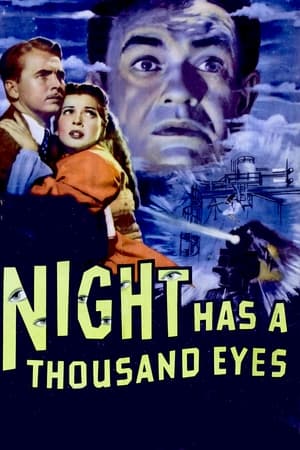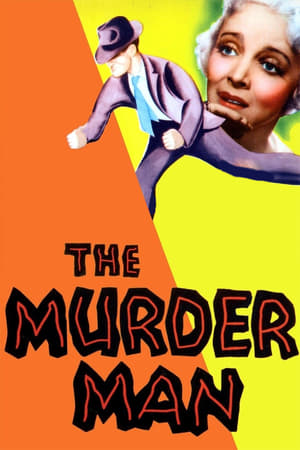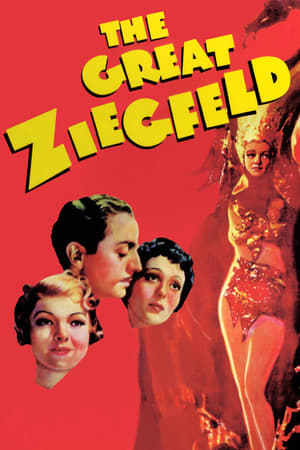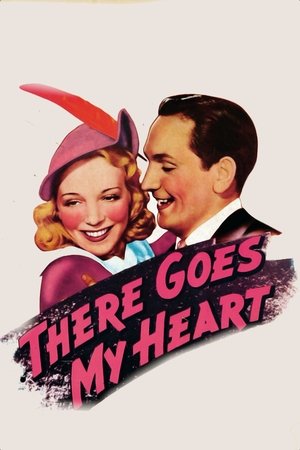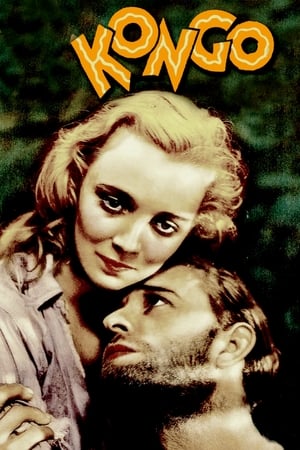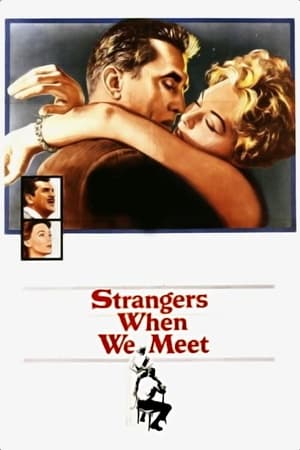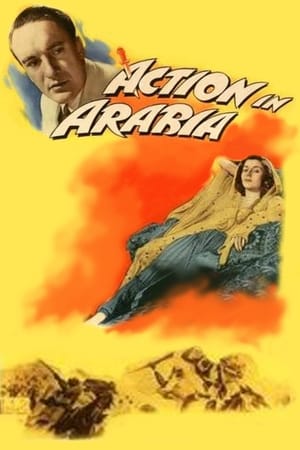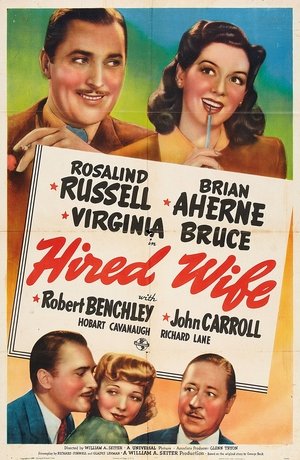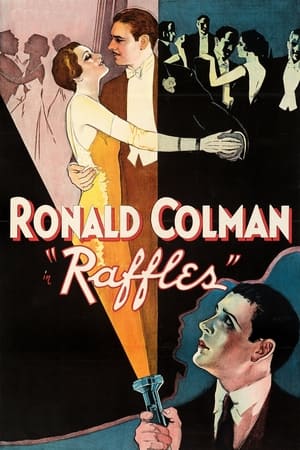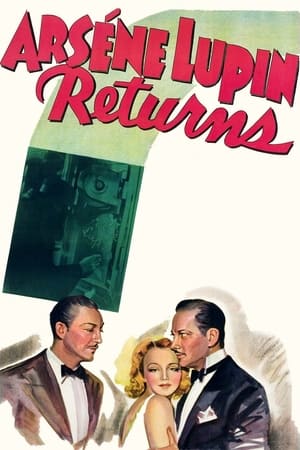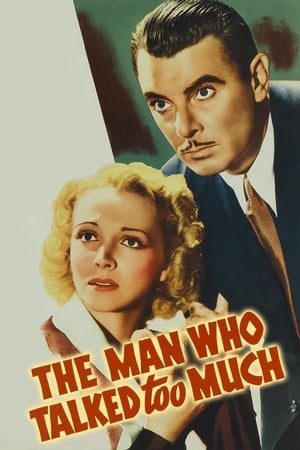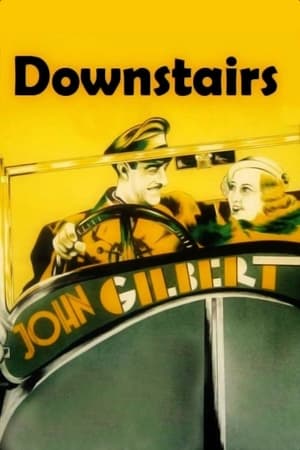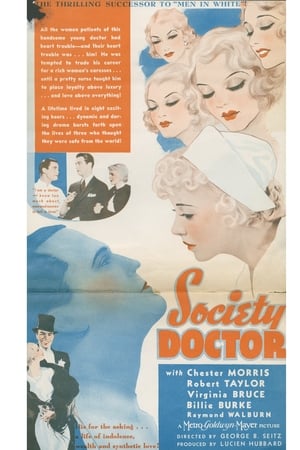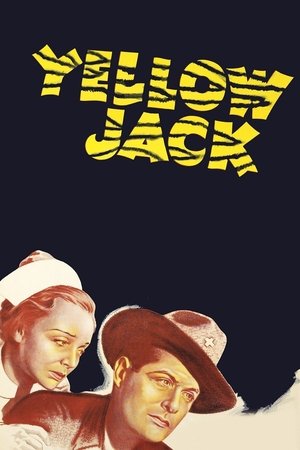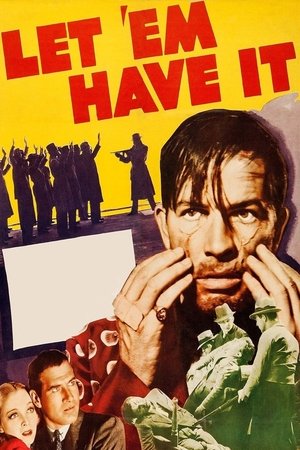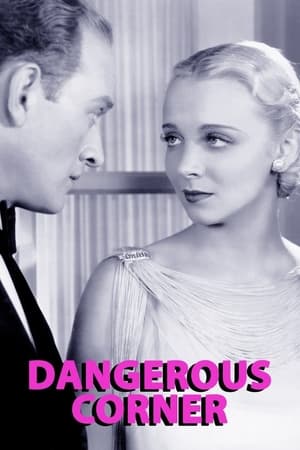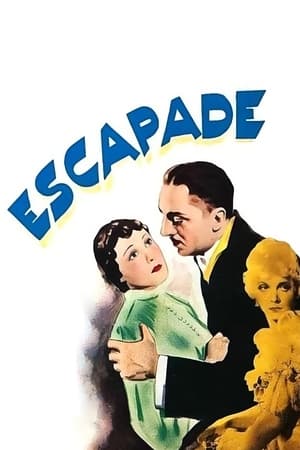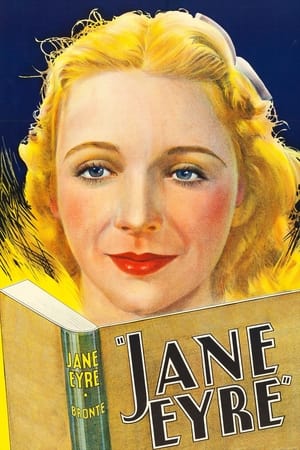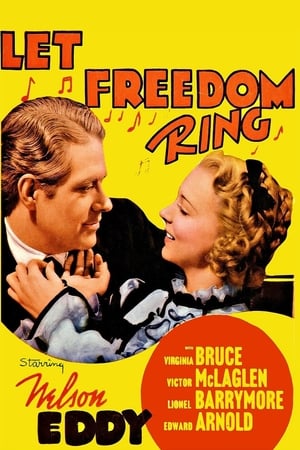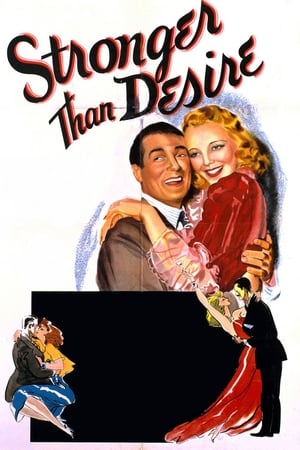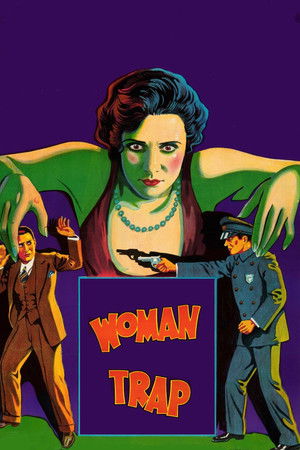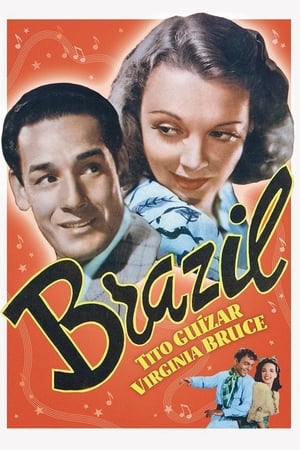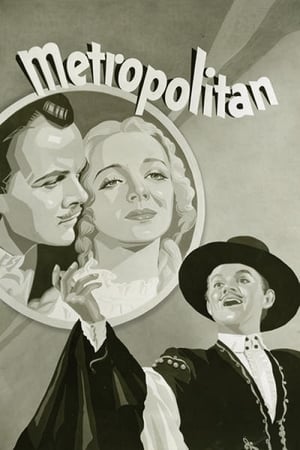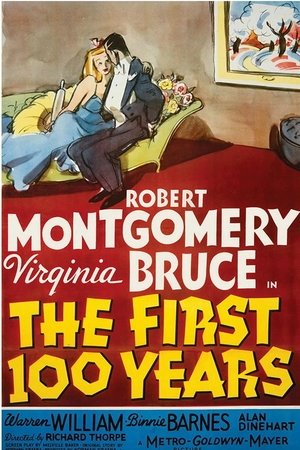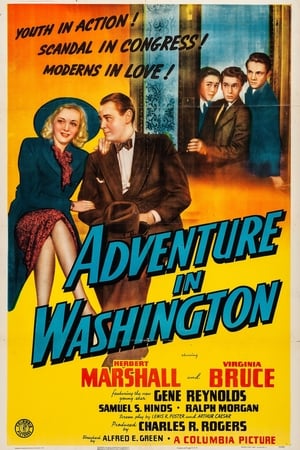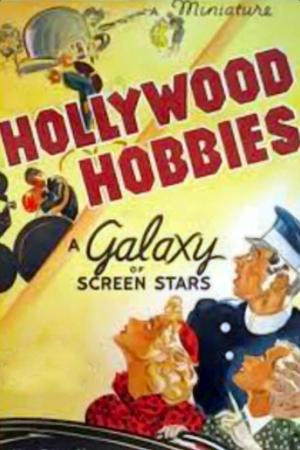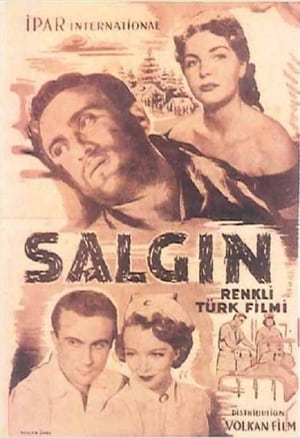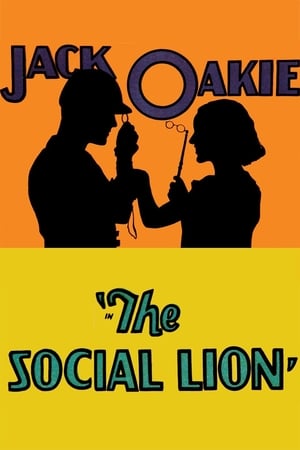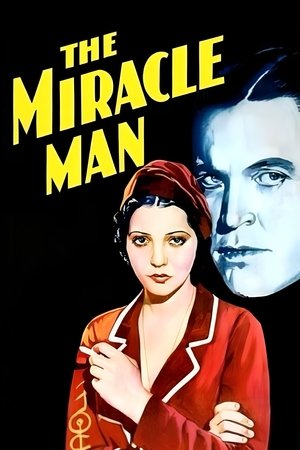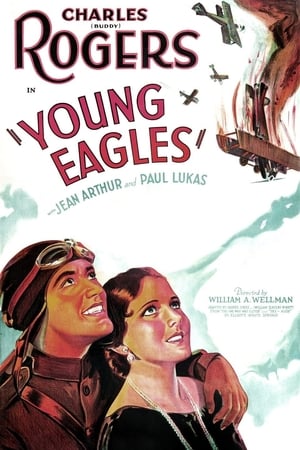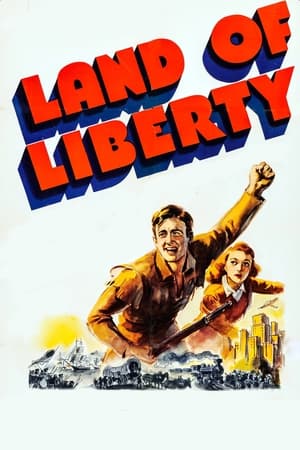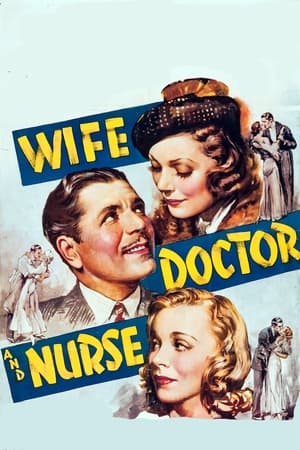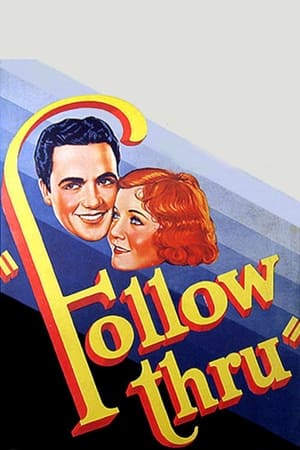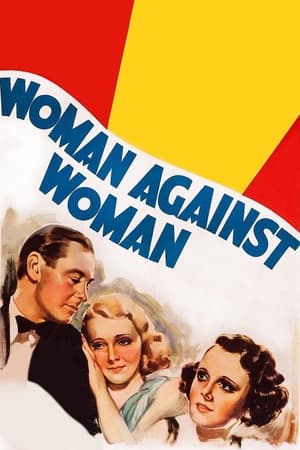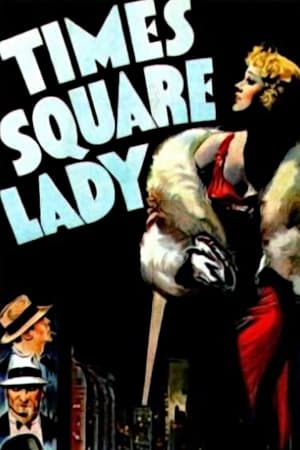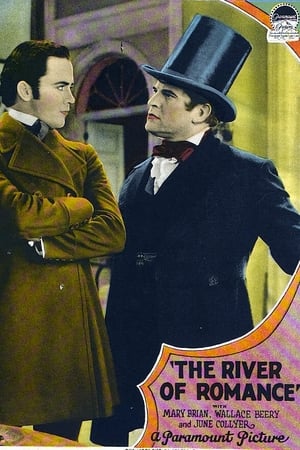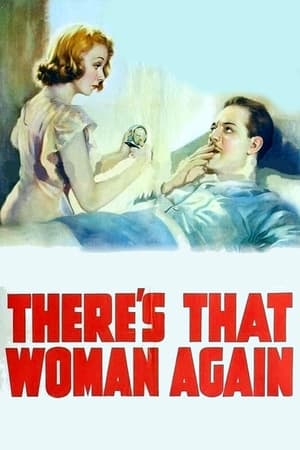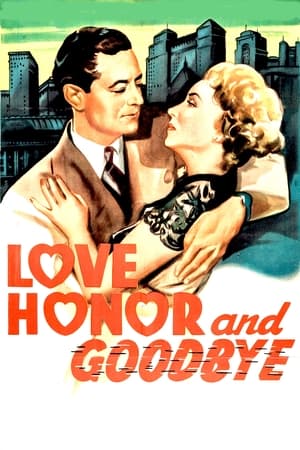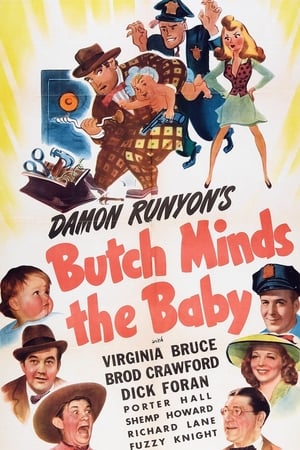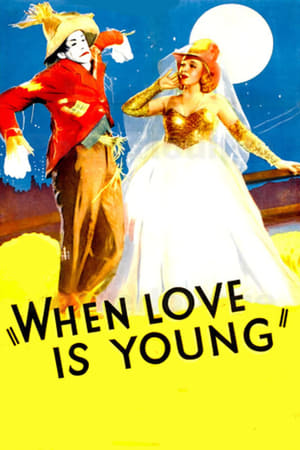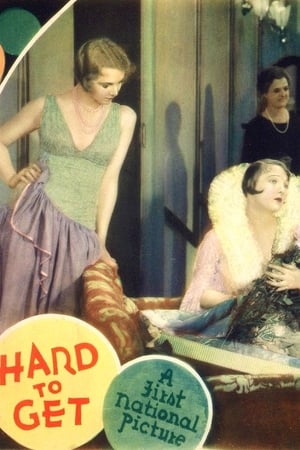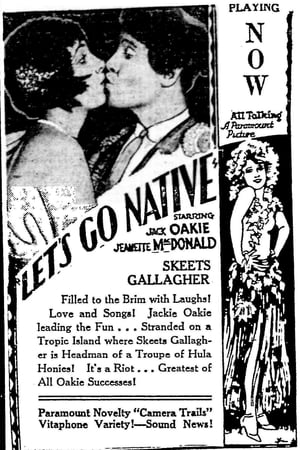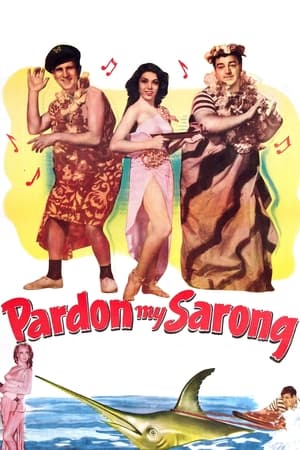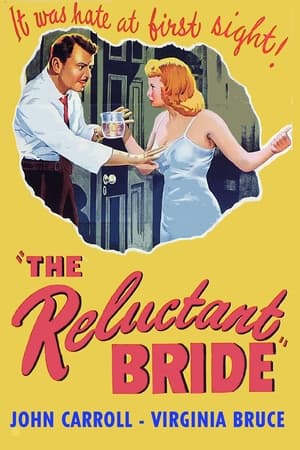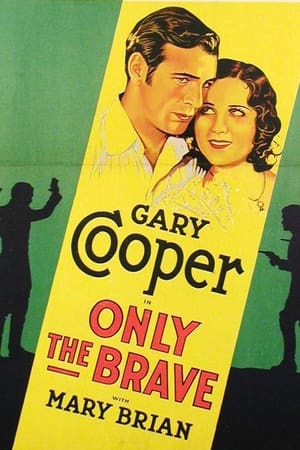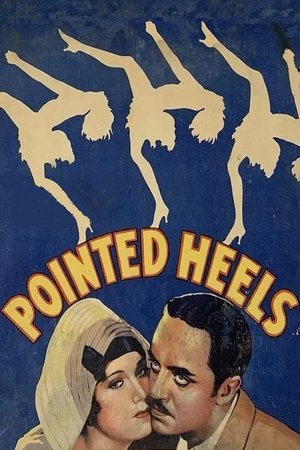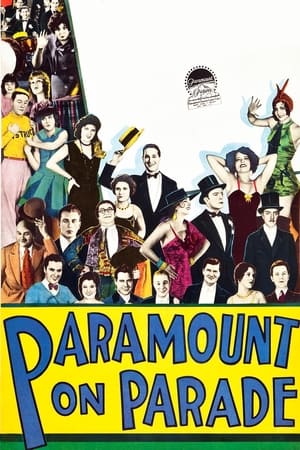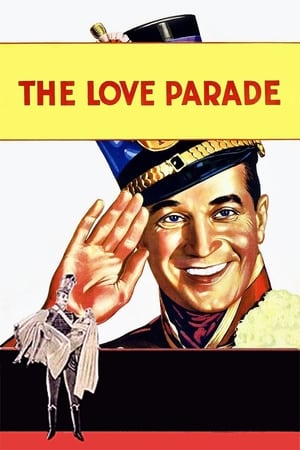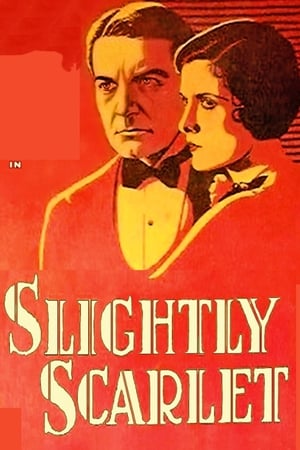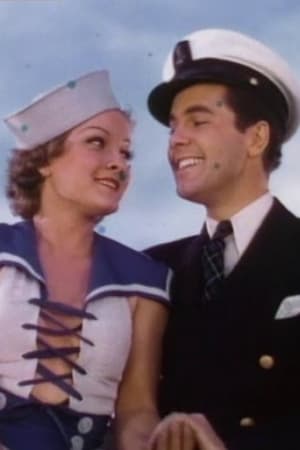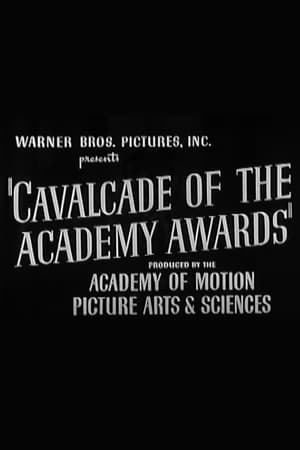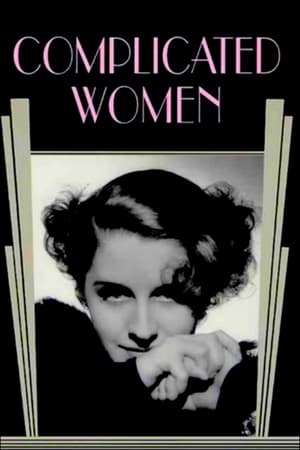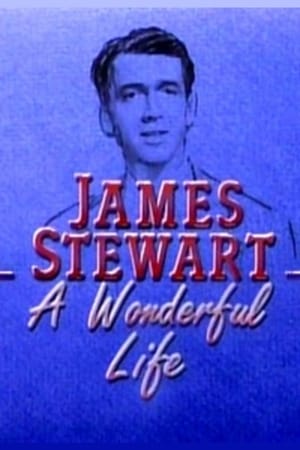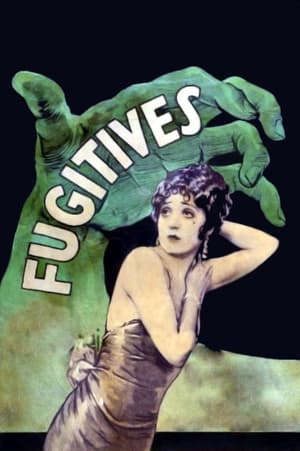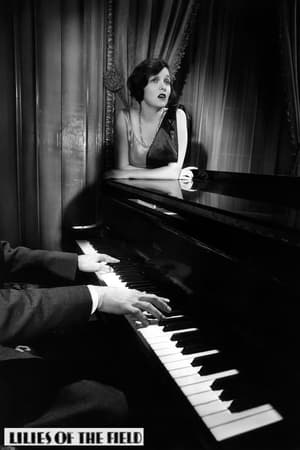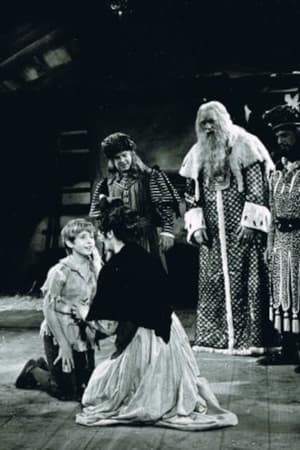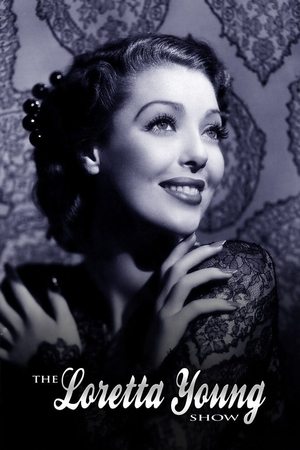Biography
From Wikipedia, the free encyclopedia
Virginia Bruce (September 29, 1910 – February 24, 1982) was an American actress and singer.
Born Helen Virginia Briggs in Minneapolis, Minnesota. In 1928, she moved with her family to Los Angeles intending to enroll in the University of California, Los Angeles when a friendly wager sent her seeking film work. She got it as an extra in Why Bring That Up?. In 1930 she appeared on Broadway in the musical Smiles, followed by America's Sweetheart in 1931.
She returned to Hollywood in 1932, where on August 10, 1932, she married John Gilbert, her co-star in the film Downstairs. She retired briefly after the birth of their daughter Susan Ann Gilbert. The couple divorced in 1934, and Virginia returned to a hectic schedule of film appearances. Gilbert died two years later in 1936.
Bruce introduced the Cole Porter standard "I've Got You Under My Skin" in the film Born to Dance and co-starred in the Metro-Goldwyn-Mayer musical The Great Ziegfeld. One of her final film appearances was in Strangers When We Meet.
In 1949, Bruce starred in a daily 30-minute radio drama. Make Believe Town was an afternoon program on CBS.
Bruce married her second husband, film director J. Walter Ruben, in 1937, making the Wallace Beery western The Bad Man of Brimstone with him that year. Together they had a son named Christopher (b. 1941), before Ruben's death in 1942. In 1946, Bruce married Ali Ipar. They divorced in 1951 in order for him to receive a commission in the Turkish Military (which forbade promotions of men married to foreigners), but remarried in 1952 before divorcing again in 1964.
Bruce died of cancer on February 24, 1982, at the Motion Picture & Television Country House and Hospital in Woodland Hills, California. She was 71.

